#stabia
Explore tagged Tumblr posts
Text




I love these ancient Roman frescoes in Pompeii and Stabiae because they showing villas and landscapes of the area
@ancientcharm
1K notes
·
View notes
Photo

PRIMA PAGINA Gazzetta Di Modena di Oggi sabato, 01 febbraio 2025
#PrimaPagina#gazzettadimodena quotidiano#giornale#primepagine#frontpage#nazionali#internazionali#news#inedicola#oggi motociclismo#doro#calcio#modena#oggi#sfida#sassuolo#stabia#gazzetta#sabato#febbraio#anno#hanno#ascoltato#morto#enne#caduto#monopattino#formigine#esplodere#bancomat
0 notes
Text
ARCHEOLOGIA / Full immersion nella storia: ecco la "Grande Pompei", un parco diffuso per visitare la città vesuviana, Boscoreale, Oplontis e Stabia
Tutte le aree archeologiche saranno collegate con una navetta gratuita e visitabili con un unico biglietto valido 3 giorni. Riaprono anche le ville di Stabia e l'Antiquarium di Boscoreale.
Tutte le aree archeologiche saranno collegate con una navetta gratuita e visitabili con un unico biglietto valido 3 giorni. Riaprono anche le ville di Stabia e l’Antiquarium di Boscoreale. Ed eccola, finalmente, la Grande Pompei. Un parco diffuso di cui fanno parte le aree archeologiche di Pompei, Boscoreale, Oplontis e Stabia e tutto il territorio circostante. Un unico biglietto, valido per…
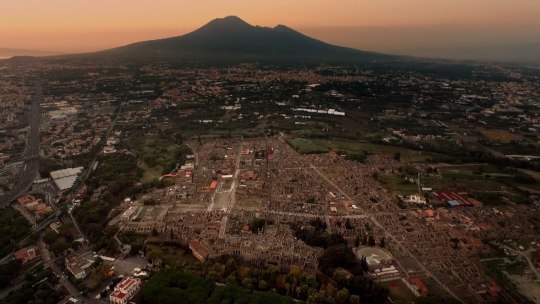
View On WordPress
#archeologia#Boscoreale#Campania#carro di Civita Giuliana#Civita Giuliana#Grande Pompei#Grande Progetto Pompei#notizie#Oplontis#Parco Archeologico di Pompei#pompei#scavi#scavi archeologici#Scavi di Pompei#Stabia#Villa dei Misteri
0 notes
Text
Villa San Marco, il racconto

View On WordPress
0 notes
Text

A fresco of a young girl
First century A. D.
Villa San Marco, Stabiae
Image Taken From https://archive.nytimes.com/www.nytimes.com/slideshow/2009/07/23/arts/0725-conw_4.html and Foto Archivio N. Longobardi
503 notes
·
View notes
Text
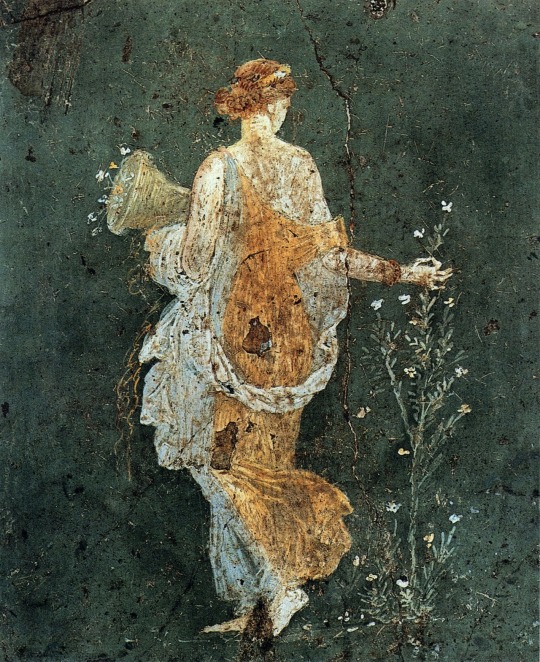
#maiden#roman#flowers#flora#spring#primavera#fresco#ancient rome#antiquity#archaeology#art#history#europe#european#villa of varano#stabiae#pompeii#naples#italy#southern italy#frescoes#woman#ancient#romans#villa#vases#vase
6K notes
·
View notes
Text


Top: Mosaic of the street musicians, from the so-called Villa of Cicero, located outside Herculaneum.
Bottom: Fresco of the same scene, from a villa in Stabiae, several kilometres to the south.
It is believed that both are copies of some previous Greek artwork.
#ancient rome#roman empire#ancient history#mosaic#fresco#stabiae#ancient art#herculaneum#mt vesuvius
444 notes
·
View notes
Photo

La Città ~ Marina di Stabia
43 notes
·
View notes
Text
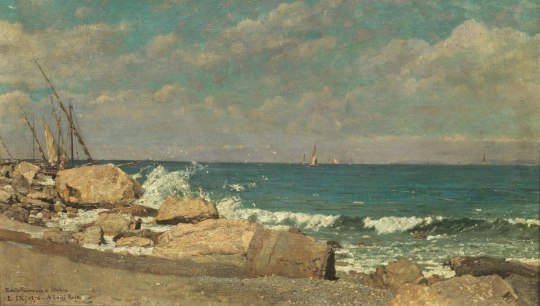
Luigi Nono (Italian, 1850-1918)
Castellammare di Stabia
63 notes
·
View notes
Photo

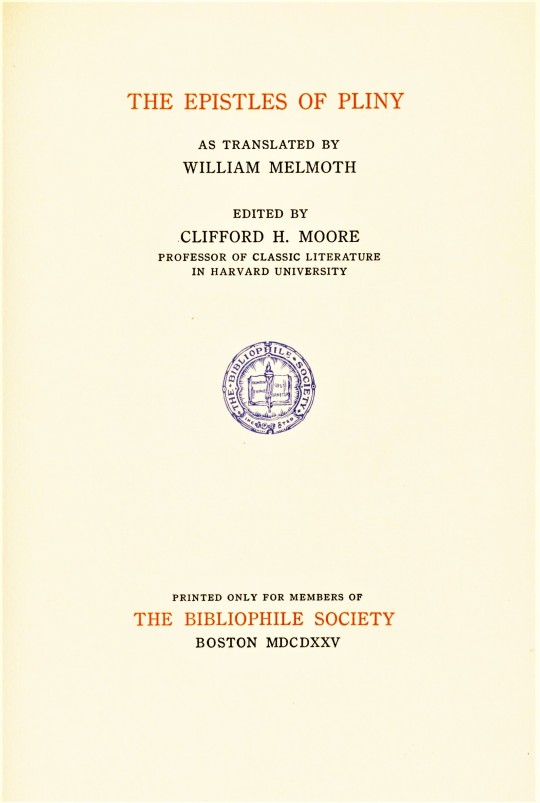
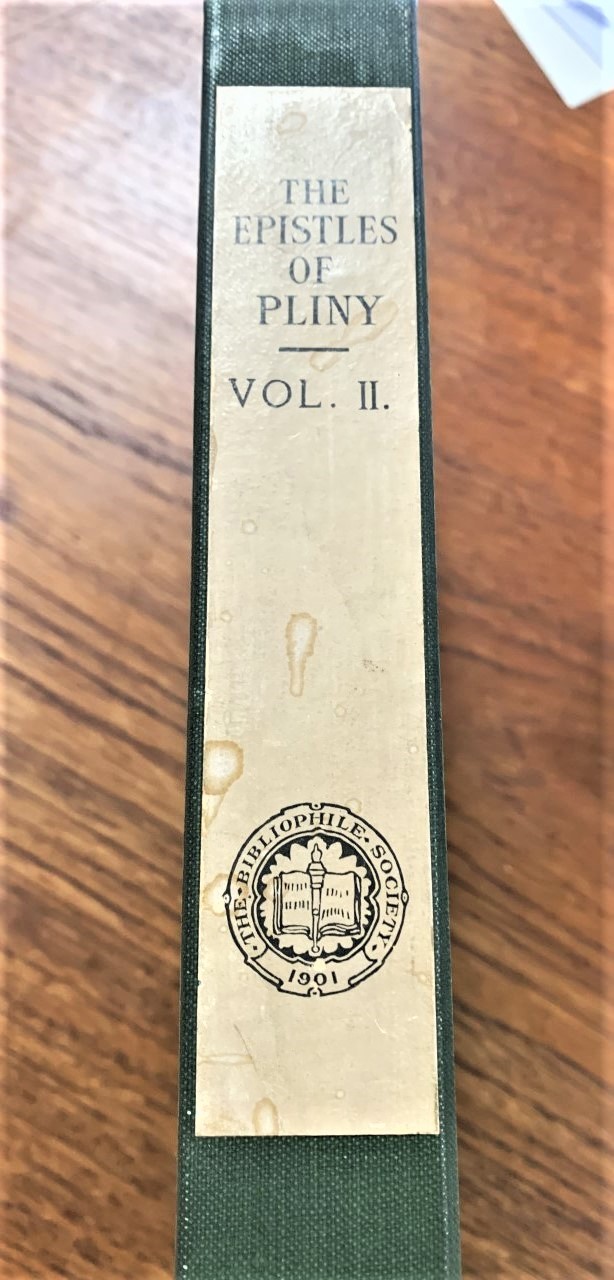

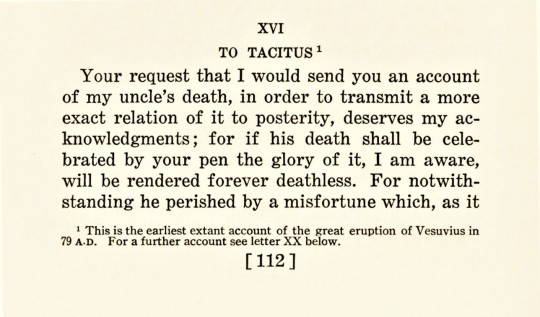
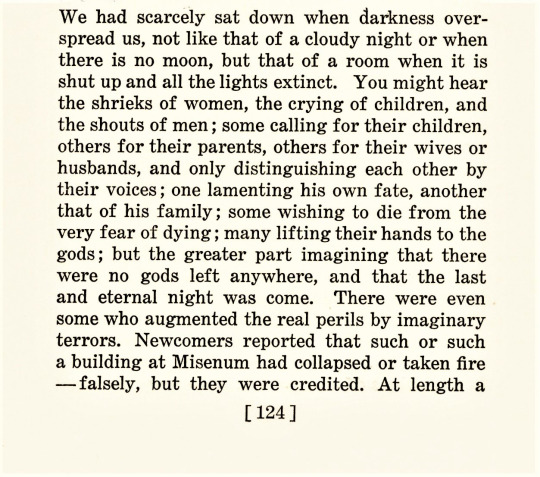
The Eruption of Mt. Vesuvius
The Eruption of Mt. Vesuvius in 79 CE remains one of the deadliest natural disasters in recorded history. Not only did the volcano destroy the economically powerful city of Pompeii, but Herculaneum, Oplontis, Stabiae were also buried and thus lost to the Roman Empire. The number of victims is unknown, but given the size of the four cities, estimates have reached over 18,000 individuals.
Today only one first-hand account of this horrific event survives in two letters from Pliny the Younger to the Roman historian Tacitus. They are preserved as letters 6.16 and 6.20 in the collected Epistles of Pliny. Among our holdings of the works of Pliny is this 3-volume set of the Epistles with William Melmoth’s 18th-century translation edited by Clifford Herschel Moore, and printed by the Harvard University Press in an edition of 405 copies for members of The Bibliophile Society, Boston, in 1925.
While the term ‘volcanic eruption’ evokes scenes of lava and fire, the reality is much more frightening. Curiously, there is no word for volcano in the Latin language. While ancient Romans were aware of the destructive power of volcanoes, there’s some debate about whether they were aware that Vesuvius was a volcano before its eruption. Signs of the eruption began back in 62CE with a great earthquake that caused much of the city to collapse. Smaller earthquakes continued over the next 15 years until one was accompanied by the rise of a column of smoke from Mt. Vesuvius in October 79 CE.
The hot gases that made up the column of smoke began to cool, darkening the sky, and not long after a rain of pumice began to fall, and after 15 hours ceilings began to collapse. Nevertheless, many residents chose to take shelter rather than flee. At 4am the first 500C pyroclastic surge barred down the volcano, burying Herculaneum. Six more of these surges occurred before the end of the eruption, destroying Pompeii, Oplontis, and Stabiae.
The 17-year old Pliny was in the port town of Misenum across the Bay of Naples from the volcano at the time. Pliny’s uncle, Pliny the Elder, commander of the Roman fleet at Misenum, launched a rescue mission and went himself to the rescue of a personal friend. The elder Pliny did not survive the attempt. In Pliny the Younger’s first letter to Tacitus, he relates what he could discover from witnesses of his uncle's experiences. In a second letter, he details his own observations after the departure of his uncle.
Mt. Vesuvius is still active and according to volcanologists, erupts about every 2000 years, which would be right about now. Who will be our next Pliny the Younger?
Our copy of The Epistles of Pliny is another gift from our friend and benefactor Jerry Buff.
View more of my Classics posts.
– LauraJean, Special Collections Undergraduate Classics Intern
#Classics#classical history#Roman History#Mt. Vesuvius#Eruption of Mt. Vesuvius#Pliny the Younger#Epistles of Pliny the Younger#Pliny the Elder#Tacitus#William Melmoth#Clifford Herschel Moore#Harvard University Press#The Bibliophile Society#volcanic eruptions#Pompeii#herculaneum#Oplontis#Stabiae#Jerry Buff#LauraJean
96 notes
·
View notes
Text
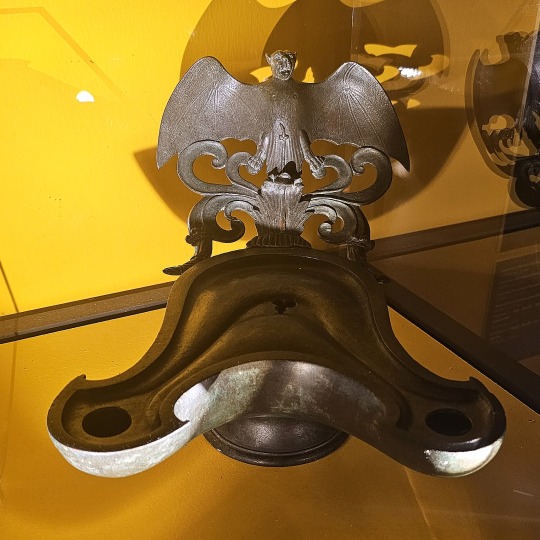

Twin-flamed lamp with bat-shaped reflector; bronze, Roman | Found in the Villa Arianna in Stabiae, south of Pompeii | On display in the Capitoline Museum, from the MANN collections.
#ancient rome#roman artifact#roman lamp#roman bronze#stabiae#villa arianna#capitoline museums#museo archeologico nazionale di napoli#mann museum
34 notes
·
View notes
Text
Early in the morning of October 25, 79 (year 832 in ancient Rome), Gaius Plinius Secundus, better known as Pliny the Elder, died on the coast of Stabia during the expulsion of the last pyroclastic surge that came out of Vesuvius. The interesting thing is that he is the only writer and military of the ancient world who died due to a natural disaster . Ironically, his passion was the study of nature. Born in 23, spent his childhood and teens during the reign of Tiberius ( 14-37) whom he referred to as "the saddest of men". He praised the emperor Claudius (41-54) saying that "Claudius was one of the best writers of Rome". During the reign of Nero (54-68) Pliny attended the construction of the Domus Aurea, emperor's palace.

Pliny began his military career in Germania. During the reign of Vespasian (December 69-June 79) he was procurator in Gaul and Hispania. Pliny was a close friend of Vespasian who in 77 appointed him Roman Navy Commander, that is why Pliny settled with his family in Misenum on the coast of the Gulf of Naples. He tried to help in the disaster but ended up among the victims of one of the most known and deadly volcanic eruptions in history.
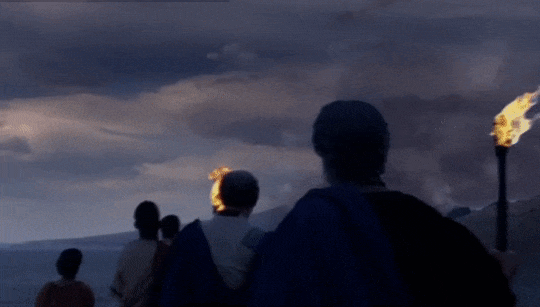
His last book, from his encyclopedia Naturalis Historia (Natural History), Pliny dedicated it to Titus Flavius, who became emperor four months before the tragedy.
Today we know what happened thanks to Pliny the Younger, also a writer, who documented in detail what he saw from Misenum as well as the testimonies he heard from the survivors in Stabia who were with his uncle.
According to Pliny the Younger, his uncle's body was recovered from the beach of Stabia at dawn the following day : "My uncle's body was found intact and just as he was dressed; he seemed asleep rather than dead."

Pliny the Elder is among the most prominent writers of the 1st century, and the only celebrity among the victims of Vesuvius.
286 notes
·
View notes
Photo

PRIMA PAGINA Giornale Di Sicilia di Oggi domenica, 19 gennaio 2025
#PrimaPagina#giornaledisicilia quotidiano#giornale#primepagine#frontpage#nazionali#internazionali#news#inedicola#oggi giornale#sicilia#agrigento#juventus#milan#repoli#avanti#stabia#barbera#rosa#gaza#oggi#fragile#tregua#bilico#primo#molto#mila#sono#quelle#totale
0 notes
Text
ARCHEOLOGIA / Stabia, dai nuovi scavi di Villa San Marco il “racconto” delle dinamiche dell’eruzione vesuviana del 79 d.C. [FOTO]
#ARCHEOLOGIA / #Stabia, dai nuovi scavi di Villa San Marco il “racconto” delle dinamiche dell’#eruzione vesuviana del 79 d.C. [#FOTO] Lo scavo rivela architetture e pitture di qualità straordinaria, riflesso del lusso e della raffinatezza della città
Frammenti della decorazione del peristilio (portico colonnato) superiore 2. Foto: ©Parco Archeologico Pompei A Stabia, l’antica città vicino a Pompei divenuta alla fine del I secolo a.C. un luogo di villeggiatura dell’élite romana, proseguono gli scavi. Qui, ancora oggi, sono presenti preziose testimonianze di architetture e pitture di straordinaria qualità, tra cui Villa San Marco. Si tratta di…

View On WordPress
#archeologia#età romana#In evidenza#notizie#Parco Archeologico di Pompei#pompei#scavi#scavi archeologici#Scavi di Pompei#scoperte#Stabia#studi
0 notes
Text

Port of Stabiae
"The whole gulf is quilted by cities, buildings, plantations, so united to each other, that they seem to be a single metropolis." Stabiae
2 notes
·
View notes
Text
In questo mondo che cambia in peggio, solo la natura può riempirci di gioia semplice e pura.

2 notes
·
View notes